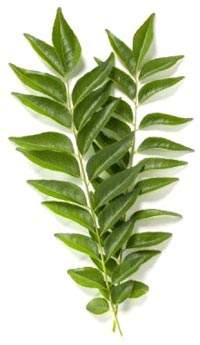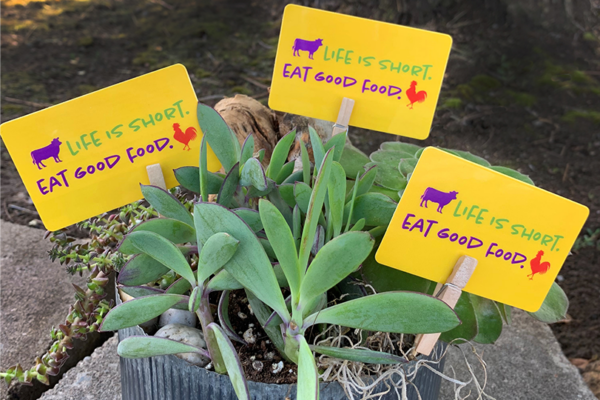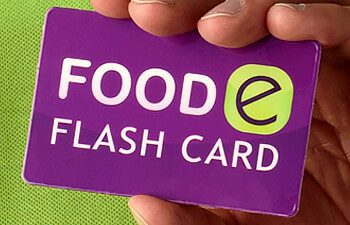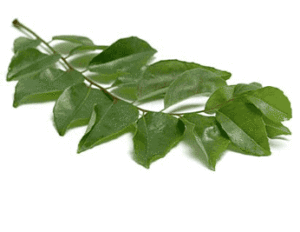 Curry leaves (now available!) are native to Southwest Asia and originate from the Kari tree. The leaves add a subtle flavor to simple dishes. If you begin by sautéing the leaves (in coconut oil) and then add the ingredients from your recipe the flavors will infuse with the leaves for a more distinct flavoring. The flavors are often described as nutty with a subtle citrus quality. Curry leaves are used in the East the way Bay Leaves are used in the West, however once the curry leaves are cooked they are edible… you’ll still often see that the leaf is pushed aside on the plate. Don’t be shy, be adventurous and give it a try!
Curry leaves (now available!) are native to Southwest Asia and originate from the Kari tree. The leaves add a subtle flavor to simple dishes. If you begin by sautéing the leaves (in coconut oil) and then add the ingredients from your recipe the flavors will infuse with the leaves for a more distinct flavoring. The flavors are often described as nutty with a subtle citrus quality. Curry leaves are used in the East the way Bay Leaves are used in the West, however once the curry leaves are cooked they are edible… you’ll still often see that the leaf is pushed aside on the plate. Don’t be shy, be adventurous and give it a try!
They’re a fairly versatile leaf, you can add them to salads, chutneys, seafood, chicken, rice and the list goes on and on. While researching curry leaves I came across a recipe for Yellow Lemon Rice with Curry Leaves from Wild Greens & Sardines. One look at this entrée and you’ll be out the door to get your list of ingredients!
A couple quick tips about fresh curry leaves:
- Keep them attached to the stem for freshness.
- Rinse them, pat dry and then add to your recipe.
- They freeze well and there is no need to defrost them.
If you want you can also dry them and chop them up in an airtight container for a longer shelf life, however this process does take some of the flavor away. Fresh is the best!
Last but not least, not only do these leaves add that South Indian global flavor to your meal they’re also an antioxidant, have anti-inflammatory properties, aid in digestion, and promote healthy skin. Talk about a nifty little leaf!!










